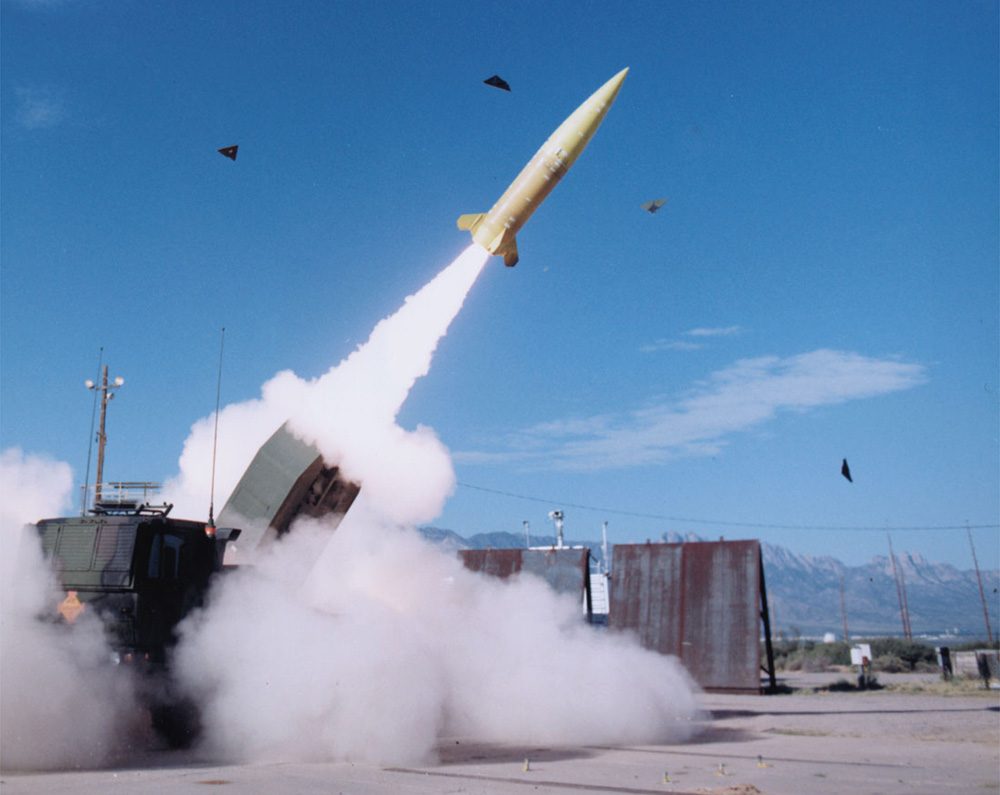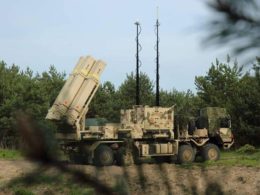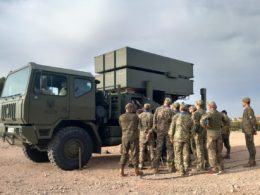If the US suspends military support to Ukraine, air defense and aviation will be hit hardest, warns Ukrainian aviation expert Valerii Romanenko, according to Kyiv24.
While some American weapons could be replaced with French, British, and domestically produced alternatives, Romanenko stressed that replacing missiles for NASAMS and Patriot systems—Ukraine's air defense backbone—would be a major challenge.
"We've adapted some Soviet-era air defense systems to fire RIM-7 Sea Sparrow missiles from US stockpiles. If Washington halts deliveries, many of these systems will become inoperable, as global reserves have already been exhausted over the past three years," Romanenko explained.
He remains hopeful that Ukraine's allies may provide stockpiled weapons, including AMRAAM missiles, which are used by both F-16 fighters and NASAMS. However, Ukraine might be forced to reduce the NASAMS use in favor of Germany’s IRIS-T, which has superior capabilities.
Romanenko described the shortage of Patriot missiles as a "deadlock," as Germany only began production of standard missiles for these systems last November, while anti-ballistic missiles are produced only in Japan. He questioned whether potential political hurdles, particularly from the Trump presidency, could block these supplies.
Ukraine's F-16 fighters, currently focused on air defense, rely almost entirely on US-made Sidewinder missiles to intercept Russian cruise missiles and Shahed drones. Potential replacements include:
- French Magic missiles for Sidewinder
- British Skyflash missiles for AMRAAM
- French anti-radar missiles as an alternative to HARM
However, integrating these weapons with the F-16 would require additional modifications.
Romanenko noted that while US air-dropped bombs could be replaced by French equivalents, France can only produce 600 bombs annually, while Russia drops up to 150 per day—highlighting a severe disparity in production capacity.
Regarding long-range strikes, Ukraine’s defense industry is developing Trembita, a potential HIMARS replacement, but no domestic alternative exists for ATACMS missiles. Instead, Ukraine may receive more French Storm Shadow/SCALP missiles, which are compatible with Mirage 2000 jets. He noted that Storm Shadow/SCALP offers greater versatility, but Western allies still lack the production capacity needed for modern warfare.
Romanenko also warned that Europe's air forces are increasingly reliant on US weaponry, particularly with widespread adoption of F-35 fighters, which require American air-to-air missiles. While Europe is developing longer-range, more advanced missiles, they are not yet mass-produced.
Despite uncertainty about future US aid, Romanenko urged patience, pointing out that Washington has a 100-day window to gauge public and political reaction before making final decisions.
"We’re only a third of the way through that period—it's too early for conclusions," he emphasized.
Earlier, François Heisbourg, a senior adviser on European affairs at the International Institute for Strategic Studies, said that European countries would need to allocate an additional $100 billion to $350 billion to support the Ukrainian Armed Forces and strengthen their own defense industries If US military aid to Ukraine is ultimately canceled.
According to Heisbourg, the main challenge in this scenario is Europe’s limited production capacity
. Even if there is political will to fully replace US aid to Ukraine, European countries simply lack the industrial capability to manufacture the same volume of weapons that the US has been supplying to Ukraine.
Related:
- Rubio sets goal for “next” talks: defining war exit conditions for Russia, Ukraine
- Trump says he may visit Moscow, not on 9 May but “within weeks”
- ISW: Putin remains committed to war, Kremlin rejects ceasefire without Ukraine’s full capitulation
- Trump refused to call Putin a dictator: “I don’t use those words lightly”



